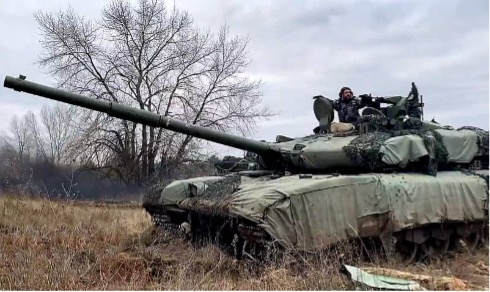Direct fire ammunition for tank and automatic cannon when equipped with advanced programable fuzing significantly increase the lethality of the round. Programable projectiles allow the gunner to set the warhead to detonate in a manner that will achieve the optimum effect on the target being engaged.
These advanced technologies are being applied to high explosive rounds in calibres from 30 mm and greater that are employed against personnel and material. They allow the projectile to be programmed just prior to being fired to detonate as an airburst, on impact, or with a delay. The air burst is highly effective against both exposed troops and those in trenches. Impact fuzing is best for destroying material. While delay is preferred against fortifications and buildings. The programmable ammunition can be set as best for the specific target type.
Ammunition manufacturers Rheinmetall, Northrop-Grumman, Nammo, General Dynamics OTS, and Elbit Systems are among firms that have developed and are supplying advanced programable ammunition to NATO militaries.
In early October Army General Oleg Leonidovich Salyukov the current Commander-in-Chief of the Russian Ground Forces publicly stated that its tank forces were equipped with the multifunctional 3VOF128 “Telnik” projectile and that it is deployed in the Ukraine. The 125mm 3VOF128 is fragmentation warhead that can be set to explode in different ways. This includes being precisely timed to detonate above its target. On detonation the warhead projects 5.4 kg of fragments in a cone-shaped pattern that covers the target area. This is reportedly up to eight times more effective than a standard high-explosive round against infantry. The Telnik round provides a significantly more effective counter-fire against anti-tank teams, crew served weapons, and troops in defilade.

The Telnik can, however, only be employed with the T90M Proryv main battle tank. The reason is that the warhead fuze setting function requires the transfer of data from the tank fire control system to the projectile to achieve the detonation at the required range. A specific linkage is therefore required between the gun controls and the round. Currently only the T90M is equipped with this fixture. As the T90M makes up but a portion of the Russian tank fleet the influence of introducing this capability could be limited. It would clearly offer an advantage to tank crews in more effectively addressing opposing infantry especially those in dug in positions.
by Stephen W. Miller













